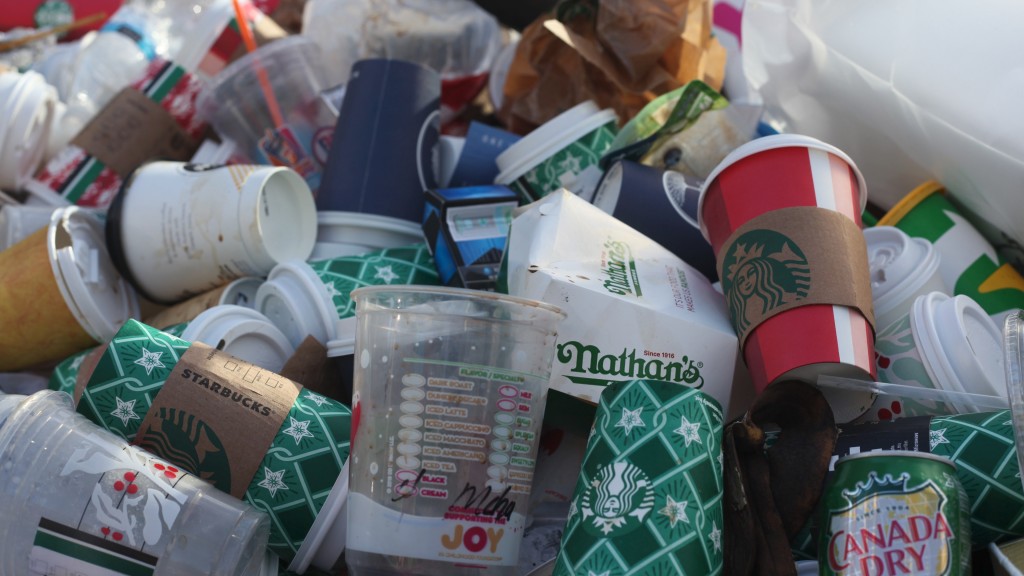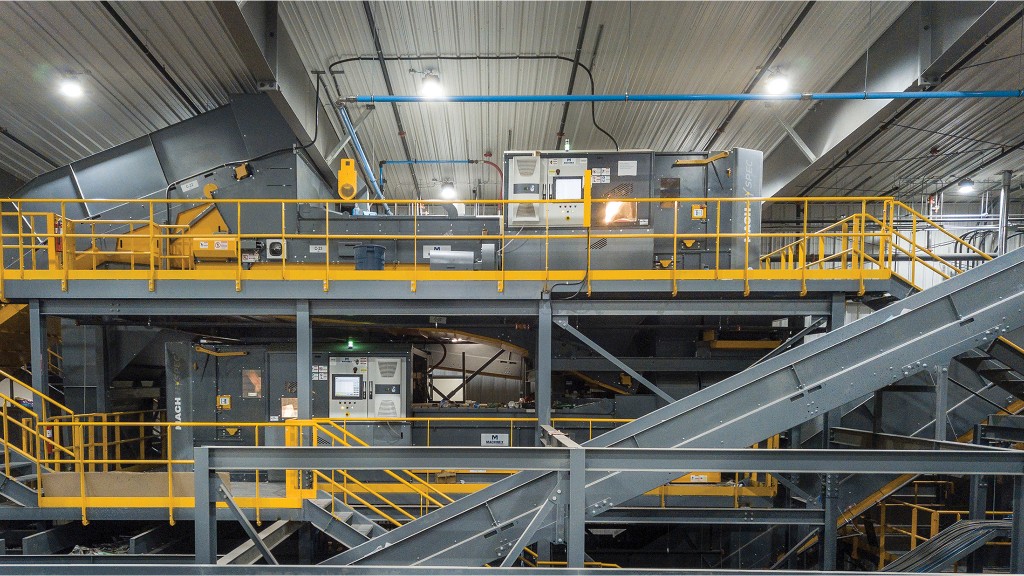Glacier raises $4.5 million in funding, aims to increase MRF and municipal recycling rates

Glacier, an AI-powered robotic waste company, has raised $4.5M in seed funding. The round was led by New Enterprise Associates (NEA), with participation by sustainability and technology companies including former GE CEO Jeff Immelt, climate investor and former climate policymaker Sierra Peterson, and former Uber CPO Manik Gupta.
Glacier's recycling robot – a combination of AI and robotics – sorts over 30 different item types. Glacier's technology is entering the market when the US recycling industry is looking to address the demand for recycled feedstock, as well as overcome major feedstock supply shortages caused by older infrastructure and a dwindling labour pool. By increasing recycling rates, Glacier's technology will also help against climate change.
"When people think about fighting climate change, recycling is usually not the first thing that comes to mind. But recycling is actually one of the only climate solutions that can deliver significant impact immediately, because all the necessary infrastructure either already exists or is emerging now, like our technology," says Glacier cofounder Areeb Malik.
Recycling dramatically reduces carbon emissions by decreasing energy use in manufacturing, which is still primarily powered by fossil fuels. Recycling aluminum saves 95 percent of the energy needed for manufacturing, recycling steel saves 70 percent of energy needed, and so on.
Unfortunately, half of the recyclables in the US end up in landfills. This is in part because recycling facilities rely heavily on human sorting, and hiring difficulties have caused persistent, large-scale labour shortages. Many facilities are in full-blown crisis mode, under-staffed by as much as 50 percent with no end in sight.
Glacier is bridging this gap with an affordable sortation robot. Thanks to proprietary innovations, its robot costs up to 60 percent less than other robots, while matching or exceeding their performance. Glacier's robot is also less than half the size of its peers, requiring minimal facility retrofits to install. Many recycling robots have a payback period of up to 10 years across hardware and retrofit costs. In contrast, Glacier's robot can payback in as little as one year.
"Almost every facility is interested in robotic sorters, but they've assumed robots are out of reach because of high cost and inconsistent ROI. Customers are shocked when they learn what Glacier offers," says cofounder Rebecca Hu. "We've been overwhelmed by all the customer enthusiasm for our product."
Since its founding in 2019, Glacier has run multiple successful pilots. In early April, the company installed its first commercial robot at a recycling facility in California. The robot is sorting eight target materials across two conveyor belts simultaneously.
Glacier's robot is the company's first product toward its vision of ending waste. Beyond robotics, the company is already leveraging its technology to power real-time waste intelligence, providing facilities and municipalities with in-depth insights into their waste stream composition, and identifying new opportunities for improved staffing and technology across the industry.
"Solving the recycling industry's acute labour shortages with intelligent robotics and AI is a massive commercial opportunity but also an important step toward significantly reducing emissions and waste," says Ann Bordetsky, partner at NEA. "We're proud to back Glacier's experienced and passionate team as they introduce automation and data intelligence to an essential industry that we all rely on every day."


